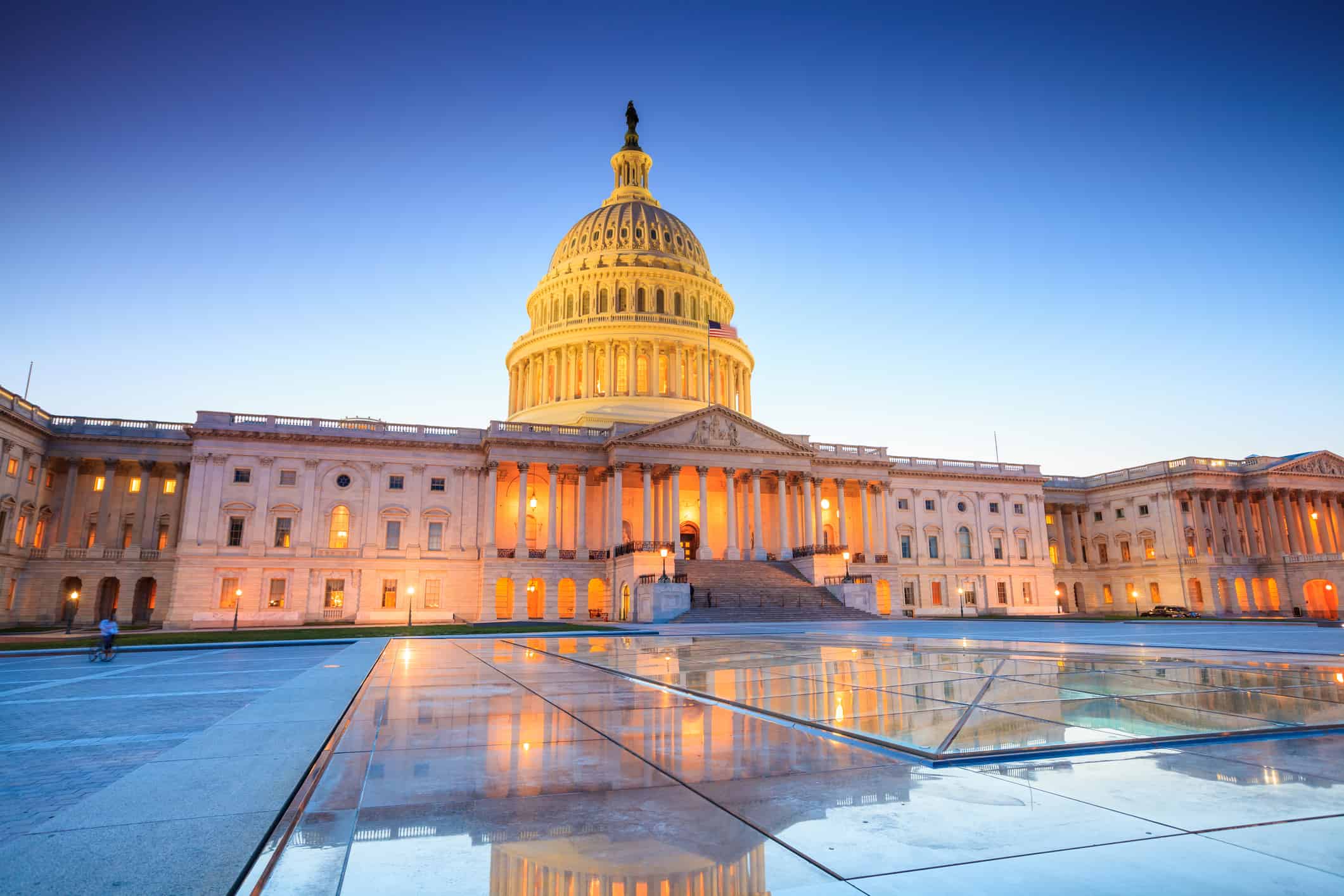Higher Taxes, Wasteful Spending Not Solutions to Infrastructure Problems

 Yesterday, I testified before the Ways and Means Committee of the U.S. House of Representatives at a hearing titled, “Our Nation’s Crumbling Infrastructure and the Need for Immediate Action.” I was the only witness to oppose a more than doubling of federal fuel tax rates and described reforms that could increase infrastructure investment without soaking taxpayers. My full written testimony is here. My opening statement is below.
Yesterday, I testified before the Ways and Means Committee of the U.S. House of Representatives at a hearing titled, “Our Nation’s Crumbling Infrastructure and the Need for Immediate Action.” I was the only witness to oppose a more than doubling of federal fuel tax rates and described reforms that could increase infrastructure investment without soaking taxpayers. My full written testimony is here. My opening statement is below.
Chairman Neal, Ranking Member Brady, and Members of the Committee, thank you for giving me the opportunity to testify before you today.
In recent years, there have been increasing calls to raise federal fuel excise tax rates in order to address what many have called an infrastructure crisis. To be sure, there are very real infrastructure needs in the U.S., but they are not uniform across infrastructure asset classes and are not primarily the result of a lack of federal funding. A more targeted approach is needed to best address these challenges. This would involve reassessing the federal role in the provision of transportation infrastructure, examining alternatives to existing user taxes, and removing government barriers to investment.
First, contrary to common narrative, infrastructure does not face a broad immediate crisis in the U.S.
Of the $250 billion spent by all levels of government on surface transportation infrastructure each year—which is the majority of total government infrastructure spending—the federal government is responsible for about one-quarter, with state and local governments funding the remainder. As a share of GDP, public spending on transportation infrastructure has remained stable over the last four decades. In highways, the number of structurally deficient bridges and extent of pavement roughness have been steadily declining over the last three decades.
We do see public infrastructure problems of varying degrees concentrated in our cities. The failure of state and local governments to carry out routine maintenance—as they agreed to do in exchange for federal capital funding—has led to the decay of mass transit systems, airports, urban surface streets, and water and wastewater networks. This bad behavior by grant recipients should not be rewarded by federal taxpayers.
Second, Congress should reassess the federal role in transportation infrastructure.
The continued lopsided federal role in capital spending—as opposed to operations and maintenance—has created perverse incentives for state and local governments to build rather than maintain. In particular, this has led to significant over-expansion of mass transit.
To put this mass transit spending in perspective, just 5 percent of American workers commuted to work by transit in 2017. Yet, mass transit received 28 percent of total government surface transportation funding—more than five times its commuting mode share and 11 times mass transit’s share of total commuting and non-commuting trips.
While the largely user-supported highway system moves more than $10 trillion worth of freight every year, mass transit moves zero freight while enjoying 20 cents of every dollar collected from road users under current federal policy.
A rationalized federal role in transportation infrastructure would focus on projects with true national significance that facilitate interstate commerce and international trade. The Constitution explicitly recognizes these roles as federal functions. A mass transit system that exists largely to move local commuters, and that does not move any freight, cannot be appropriately labeled a nationally significant project.
Third, federal transportation infrastructure policy should realign with the user-pays principle. As the vehicle fleet becomes increasingly fuel efficient and eventually electrifies, per-gallon taxation will no longer be suitable on either efficiency or equity grounds. Alternatives to existing user taxes are needed.
In the short-term, this would mean eliminating federal prohibitions on states tolling their own highway segments to augment existing fuel tax revenue. In the long-term, this would mean examining a shift away from per-gallon taxation entirely and toward a mileage-based user fee.
Finally, Congress should eliminate federal barriers to infrastructure investment. In addition to repealing the tolling prohibition I just mentioned, Congress should also eliminate the aggregate volume cap on Private Activity Bonds to encourage more private-sector investment in public-purpose infrastructure. Similarly, the federal cap on the airport Passenger Facility Charge unnecessarily restricts local self-help.
Furthermore, Congress should continue to examine reforms to procurement, labor, and environmental rules that may unnecessarily increase costs. The focus of these reforms should be on maximizing returns on infrastructure investment, not maximizing the number of temporary construction jobs. As Harvard University urban economist Edward L. Glaeser recently noted, “Treating transportation infrastructure as yet another public-works program ensures the mediocrity that we see all around us.”
From highways to airports, current federal law perversely reduces transportation infrastructure investment while increasing government spending and pressure on taxpayers. Given this environment, it is unsurprising that many Americans are skeptical of calls for higher taxes to fund more infrastructure spending. The evidence suggests they should be.
Thank you again for the opportunity to testify before the Committee, and I welcome your questions.
See my full written testimony for more detail.